10JUL2019
Charter Credential Concerns: The State Considers Stricter Requirements for All Charter-School Teachers
 Sacramento-area music teacher Heather Williams, right, with a piano student.Courtesy of Heather Williams.
Sacramento-area music teacher Heather Williams, right, with a piano student.Courtesy of Heather Williams.
Heather Williams knew as a kid that she wanted to be a piano teacher. She earned her music degree with a piano emphasis from Brigham Young University and spent decades honing her craft.
Today, she not only runs her own academy near Sacramento, offering private lessons with a special certification in the Suzuki method of instruction; she also teaches in public schools, though she lacks a state teaching credential.
How? Via a loophole that lets charter schools skip some of the credentialing required of teachers in traditional public-school classrooms. The exception has allowed Williams to offer music instruction to homeschool charter students and to group classes in brick-and-mortar charters such as the Sacramento-based California Montessori Project network.
Proponents say it encourages enrichment in that privately-run sector of the public-school system. In recent months, however—like many state rules that apply to charters—it has drawn legislative attention. And influential lawmakers say it could be on its way out.
Whether all teachers should need a state credential to teach has long been debated. In California, the answer has been “yes” for teachers in traditional public 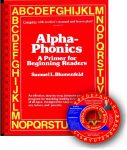 schools. But California law grants charter schools “flexibility” in credentialing requirements for teachers assigned to classes outside of the “core” subjects of math, reading, science and social studies, as well as “college prep” courses such as Advanced Placement.
schools. But California law grants charter schools “flexibility” in credentialing requirements for teachers assigned to classes outside of the “core” subjects of math, reading, science and social studies, as well as “college prep” courses such as Advanced Placement.
Charter advocates and local school officials say the ability to expand limited applicant pools to include, say, professional artists helps ensure a breadth of course offerings in areas such as dance, theater and music.
But charter-school critics say the exception has been abused, and that standards need to be clarified to ensure that every student attending California public schools has a fully prepared teacher. They point to new data showing some charters have high proportions of teachers who don’t meet state-credentialing standards even for core courses, for which the credentialing flexibility is not applicable.
“When I entered the chair of the Assembly Education Committee, I assumed all school districts and charter schools believed that it was imperative that they have a credentialed teacher in their classrooms. And unfortunately, that’s not the case,” said Democratic Assemblyman Patrick O’Donnell of Long Beach, who heads the Assembly’s education panel.
“It’s about kids,” O’Donnell said. “The goal here is to ensure that every student attending a California school funded with public money has a qualified teacher in the classroom.”
To do that, O’Donnell has tucked language to toughen credentialing standards into a high-profile effort to regulate California’s 1,300 charter schools more closely. Intensely lobbied by teachers’ unions, school boards and charter advocates, the push has focused most publicly on sweeping governance changes that could curb the growth of charters. But a key piece of legislation also includes a proposal to change who is allowed to teach in the mostly non-union schools.
Assembly Bill 1505, which narrowly passed the Assembly in May, would require that all California public school teachers hired after Jan. 1, 2020, whether district or charter, hold the proper credentials for the classes that they are teaching. The bill would also affect how  the state tracks teachers whose credentials don’t match the specific classes to which they’re assigned.
the state tracks teachers whose credentials don’t match the specific classes to which they’re assigned.
Though the proposed language essentially grandfathers in teachers currently leading non-core classes in charters, some charter advocates and local school officials oppose the effort, saying it goes against the state’s intent that charter schools be innovative in their curriculum and instruction. They note that charter teachers already comply with many aspects of the credentialing process, such as fingerprinting and background checks.
Charter arts teachers, meanwhile, say that in their fields, credentialing mandates can rule out good teachers.
Williams, the piano teacher, says she is as qualified to teach music as someone who is credentialed through the state, “if not more, because my experience compounds on top of my training and education.”
“I would love to continue teaching music in the charter schools, because I’m good at it, and I love it, and I’d be very sad if I was limited because I don’t have those credentials,” she said. “But what I do have is 30 years of teaching experience. What I do have is a long life of experience, and with my (academy) already up and running, I wouldn’t have time to go and get my credentials at this point.”
In California, appropriately credentialed teachers have obtained a college degree, completed a formal training program, proved mastery over the subject matter they’re going to be teaching and have finished or are in the process of completing professional development specifically aimed at rookie teachers.
Carlos Marquez, the chief lobbyist for the California Charter Schools Association, said it’s “not unusual” for charters to hire teachers who are not credentialed but have specific professional expertise, such as artists or professional dancers or actors with Broadway experience.
Fernando Aguilar, principal of Creative Arts K-8, a San Francisco charter school, said the flexibility in current law has allowed his school to staff teachers in arts, theater, dance, music and visual arts—subjects he said don’t always fully align with the state’s credentialing structure. For example, he said, a person with professional experience as a dancer would be required to hold a credential in physical education under the traditional requirements.
Aguilar said he tries to hire teachers who have the appropriate credentials, and provides
rigorous professional development for teachers who are not. Creative Arts K-8, he noted, has been recognized by the state for its arts programs as well as its efforts to narrow the achievement gap with the help of the credentialing flexibility.
“If you are able to prove that this is working for students, that they are being able to thrive in a situation like this,” he said, “then I wonder: Why you want to stop that or hinder that at this point?”
If the state were to remove the credentialing flexibility for non-core charter teachers, Aguilar added, “my concern would be, are we going to be able to run the same innovative program at this high level moving forward?”
Much of this year’s legislative fight over charters has had to do with AB 1505—the sweeping push from teachers’ unions and large, urban districts to give local school boards more autonomy in approving and overseeing charter schools. Another proposal,AB 1507, prohibiting districts from authorizing chartersoutside of their geographic boundaries, passed the Assembly in May. Two other bills that would have capped and temporarily halted new charter schools fizzled out.
—————————————————————————————————-
Legislatures, Teacher’s Unions, Public Schools, Private schools, Charter schools are all under pressure to try to make education work effectively. But in Homeshooling these often competing forces do not come to bear. If you choose to Homeschool please consider using ALPHA-PHONICS to teach your children to read. For over 33 years it has been one of the top choices of Homeschooling Families because it is so simple, easy to teach and so very effective. Find out why below:
PRODUCT WEBSITE TESTIMONIALS REVIEWS HOW TO ORDER
This short Video from a Homeschool Mom who was taught with ALPHA-PHONICS at age 3 is now teaching her OWN 3 year old with it.



 Alpha-Phonics
Alpha-Phonics The Alphabet Song!
The Alphabet Song! Water on the Floor
Water on the Floor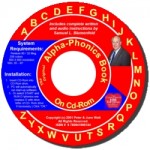 Alpha-Phonics the Book on CD Rom
Alpha-Phonics the Book on CD Rom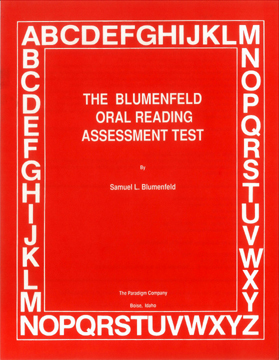 Blumenfeld Oral Reading Assessment Test
Blumenfeld Oral Reading Assessment Test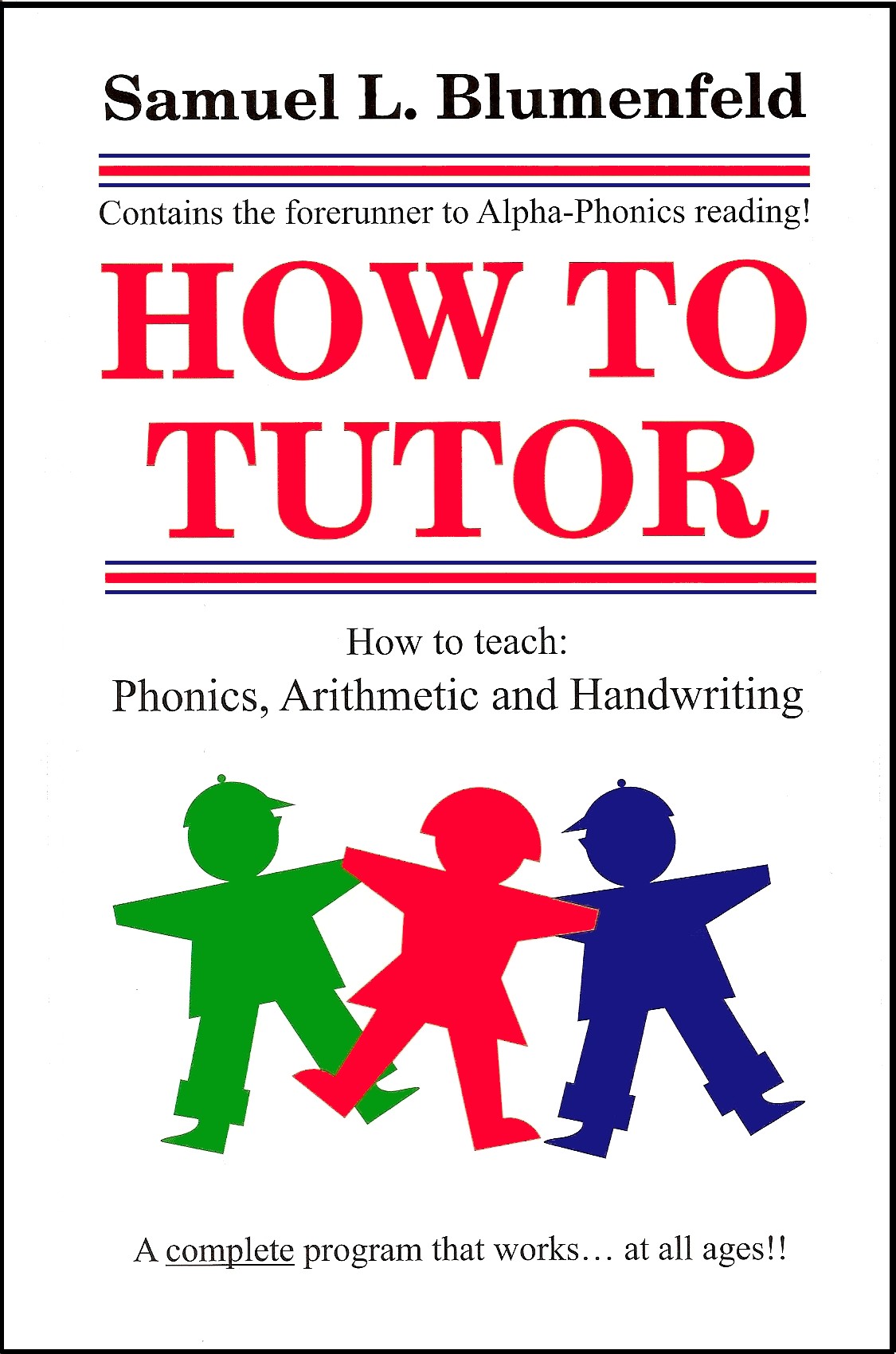 How To Tutor
How To Tutor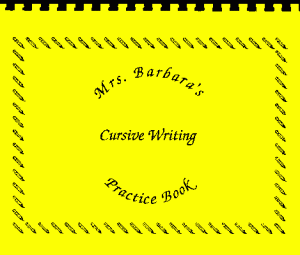 How To Tutor Cursive Handwriting Workbook
How To Tutor Cursive Handwriting Workbook